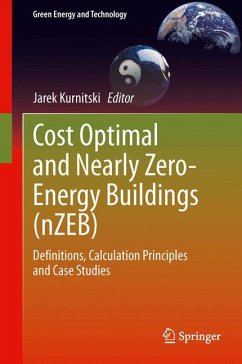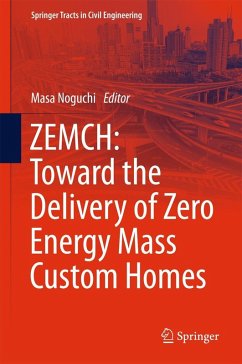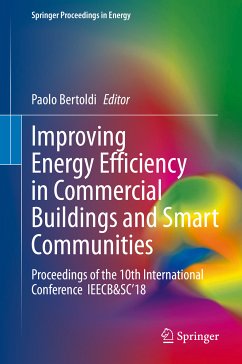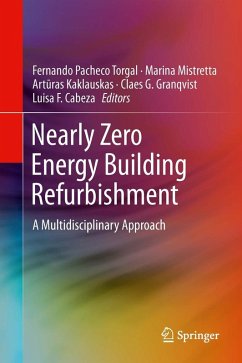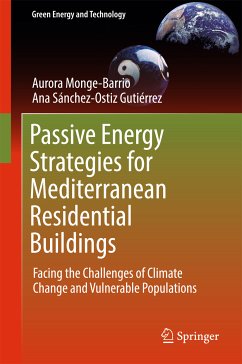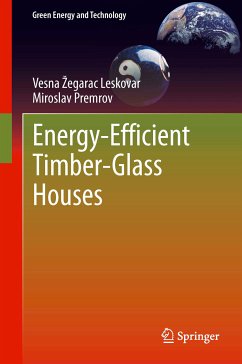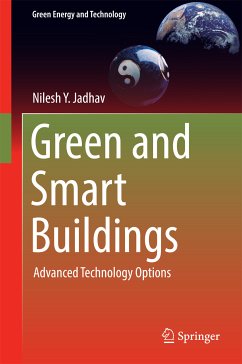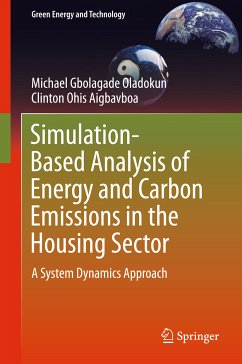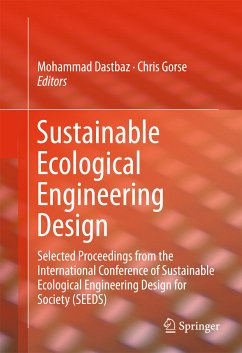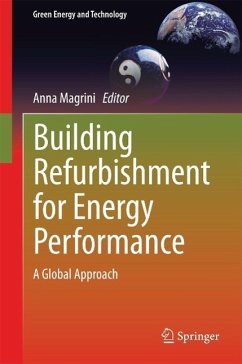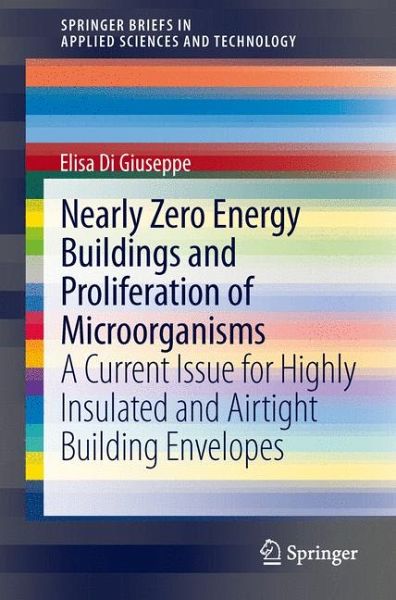
Nearly Zero Energy Buildings and Proliferation of Microorganisms (eBook, PDF)
A Current Issue for Highly Insulated and Airtight Building Envelopes
Versandkostenfrei!
Sofort per Download lieferbar
40,95 €
inkl. MwSt.
Weitere Ausgaben:

PAYBACK Punkte
20 °P sammeln!
This book provides a concise review of the thermo-physical phenomena which regulate heat and moisture transportation in Nearly Zero Energy Buildings envelopes, and their relationship with the growth of biological organisms.It describes the main microorganisms proliferating on contemporary building elements and within buildings. It also states the consequences of biological growth on durability, aesthetics and human health; and provides the main methods for the analytical and experimental evaluation of proliferation.Finally, through the review of recent developments, remedial actions to counter...
This book provides a concise review of the thermo-physical phenomena which regulate heat and moisture transportation in Nearly Zero Energy Buildings envelopes, and their relationship with the growth of biological organisms.
It describes the main microorganisms proliferating on contemporary building elements and within buildings. It also states the consequences of biological growth on durability, aesthetics and human health; and provides the main methods for the analytical and experimental evaluation of proliferation.
Finally, through the review of recent developments, remedial actions to counter the biological phenomenon are examined, and an outline is provided for future innovations in a field not yet widely investigated.
It describes the main microorganisms proliferating on contemporary building elements and within buildings. It also states the consequences of biological growth on durability, aesthetics and human health; and provides the main methods for the analytical and experimental evaluation of proliferation.
Finally, through the review of recent developments, remedial actions to counter the biological phenomenon are examined, and an outline is provided for future innovations in a field not yet widely investigated.
Dieser Download kann aus rechtlichen Gründen nur mit Rechnungsadresse in A, B, BG, CY, CZ, D, DK, EW, E, FIN, F, GR, HR, H, IRL, I, LT, L, LR, M, NL, PL, P, R, S, SLO, SK ausgeliefert werden.




